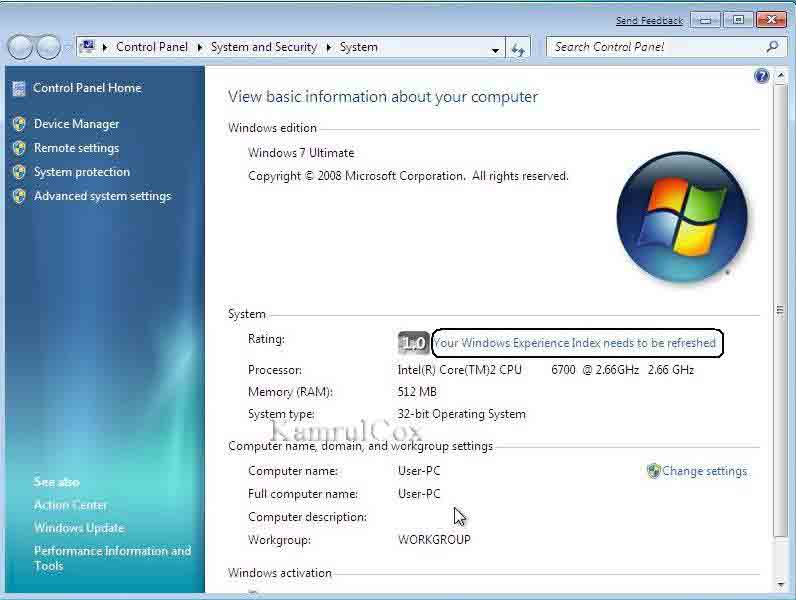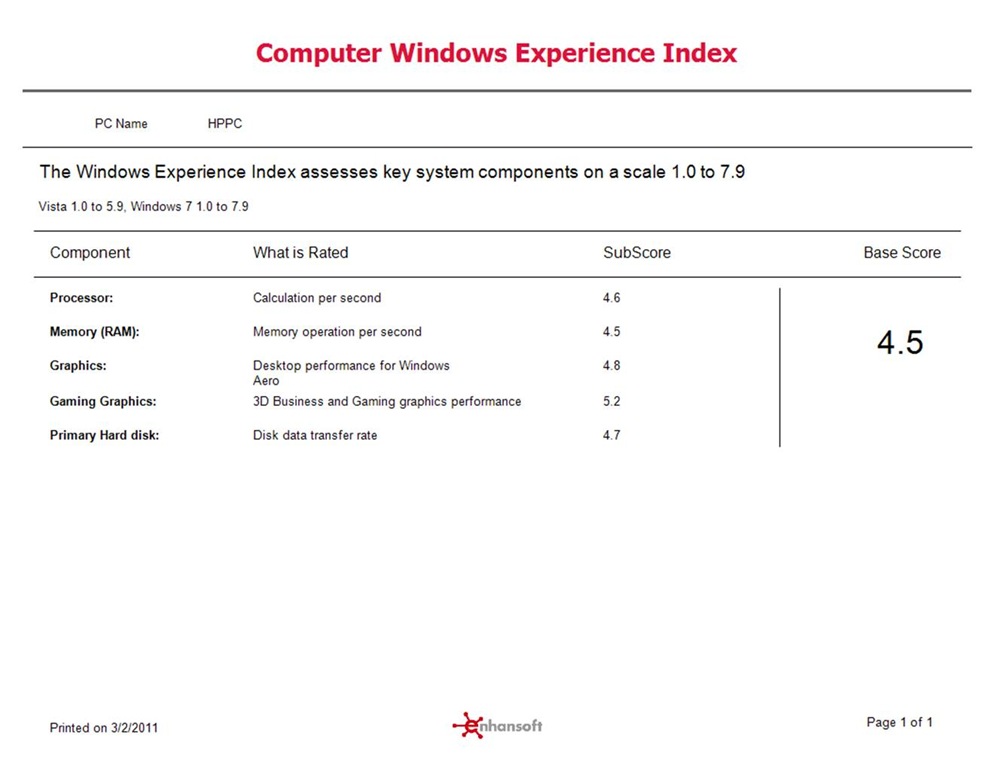


Expand all options under it to view your Windows Experience Index score in Windows 10. Under Hardware Configuration, expand ‘Desktop Rating’. Scroll down and expand ‘Hardware Configuration’. On the Performance Monitor tool, go to Reports>System>System Diagnostics. Once the play button disappears from the System Diagnostics tools, you’re ready to read the Windows Experience Index score in Windows 10. The System Diagnostics tool will show a play button while the diagnostics are being run. This will run a fresh diagnostics on your current hardware. Right-click System Diagnostics and select ‘Start’ from the context menu. On the left column, go to Data Collection Sets>System>System Diagnostic.

Type ‘Performance Monitor’ in Windows search, or type ‘perfmon’ in the run dialog to open it. The Windows Experience Index Score in Windows 10 is calculated via the Performance Monitor tool. You don’t need to install any third-party apps to do so. That said, you can still get the Windows Experience Index Score in Windows 10. Microsoft removed it in Windows 8 and it didn’t come back in its original form in Windows 10. The scores were generic and gave users only a vague idea about their hardware’s capabilities. Some users were of the opinion that it isn’t accurate because Microsoft’s benchmarks just aren’t meaningful enough and the way they arrive at them isn’t public knowledge. It scored the hardware capabilities of your system against Microsoft’s benchmarks. Windows 7 introduced the Windows Experience Index.


 0 kommentar(er)
0 kommentar(er)
